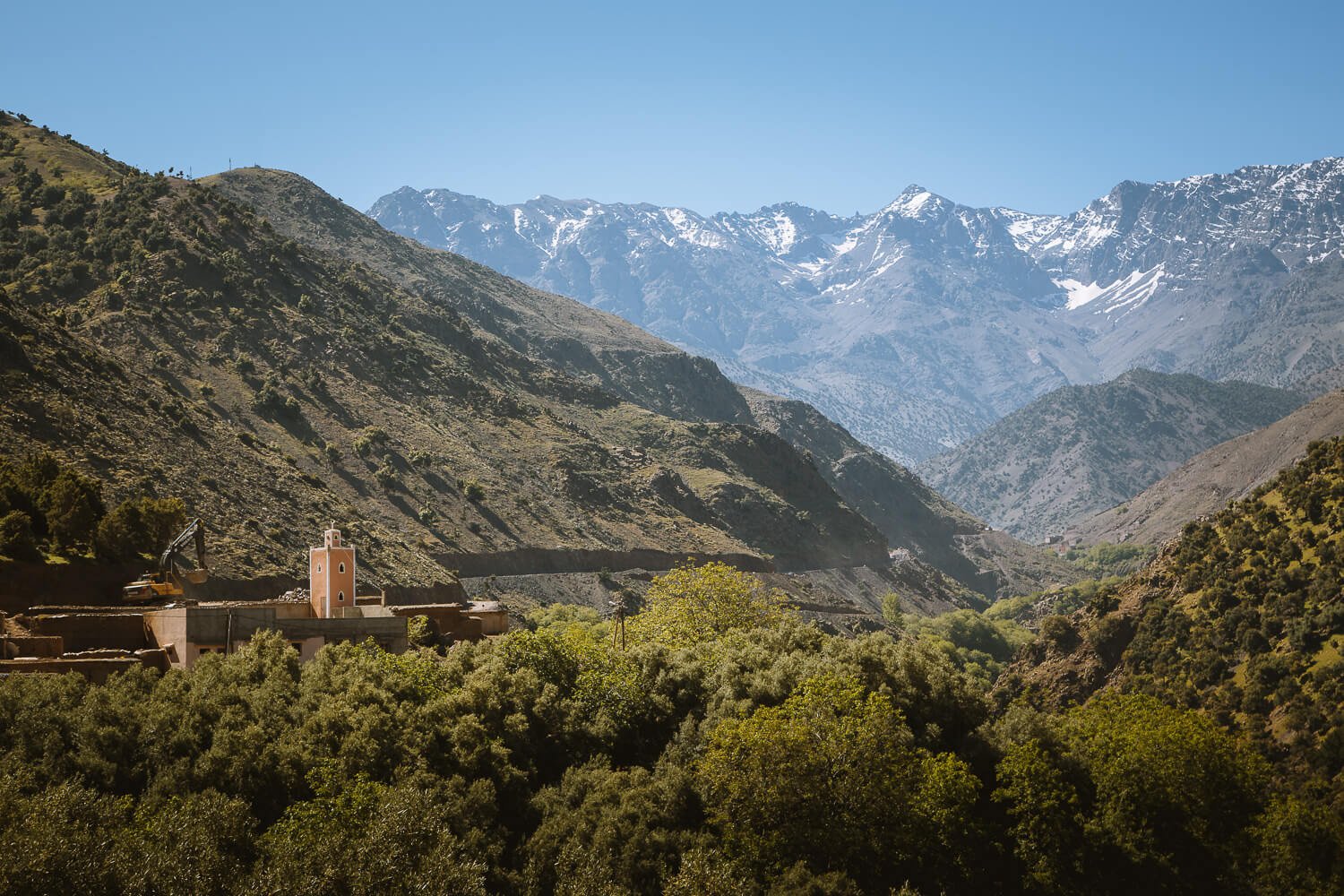The Atlas Mountains, a formidable chain stretching across North Africa, have long been shrouded in mystique and wonder. These majestic peaks, with their towering heights and dramatic landscapes, dominate the region’s scenery. But why are the Atlas Mountains so prominent, and what geological processes have endowed them with such grandeur? In this comprehensive exploration, we will journey through time and terrain to unravel the enigma of the Atlas Mountains’ prominence.
 1. Introduction: The Allure of the Atlas Mountains
1. Introduction: The Allure of the Atlas Mountains
Atlas Mountains: Nature’s Imposing Masterpiece
Before we delve into the geological intricacies of the Atlas Mountains, it’s essential to understand what makes them so captivating. Extending across Morocco, Algeria, and Tunisia, the Atlas Mountains are renowned for their rugged beauty, diverse ecosystems, and rich cultural tapestry. These mountains are more than a geological wonder; they are a testament to the profound interplay between nature and human history.
As we embark on this geological odyssey, we will discover how the prominence of the Atlas Mountains is deeply intertwined with their enduring charm.
2. The Geological Origins: Unearthing the Past
Prominence of Atlas Mountains: A Geological Saga
The prominence of the Atlas Mountains is a result of complex geological processes that have spanned millions of years:
Tectonic Plate Interactions:
The formation of the Atlas Mountains is closely tied to the convergence of the African Plate and the Eurasian Plate. The collision and interaction of these massive tectonic plates have given rise to the towering peaks we see today.
Uplift and Erosion:
Over eons, these tectonic movements have uplifted the land, resulting in the towering heights of the Atlas Mountains. Erosion has further sculpted their prominent features.
3. A Journey Through Time: The Geological Timeline of Atlas Mountains
Unraveling the Geological Epochs
To uncover why the Atlas Mountains are so prominent, we must traverse through the geological timeline:
Paleozoic Era:
The earliest formations of the Atlas Mountains can be traced back to the Paleozoic Era, which commenced around 541 million years ago. During this era, tectonic forces began shaping the region.
Mesozoic Era:
The Mesozoic Era, known as the “Age of Dinosaurs,” witnessed significant tectonic movements that further uplifted the mountains. This era spanned from around 252 million to 66 million years ago.
Cenozoic Era:
The final stages of the Atlas Mountains’ prominence occurred during the Cenozoic Era, which began around 66 million years ago and continues to the present day. This era witnessed uplift, volcanic activity, and the carving of valleys and gorges, shaping the awe-inspiring landscapes we admire today.
4. The Prominent Landscape: Atlas Mountains Today
Geological Marvels and Biodiversity
The geological history of the Atlas Mountains has left an indelible mark on the region:
High Peaks and Valleys:
The Atlas Mountains are characterized by towering peaks, deep valleys, and rugged terrain. The High Atlas, Middle Atlas, and Anti-Atlas are distinct segments of this prominent range.
Diverse Ecosystems:
Despite their arid surroundings, the Atlas Mountains support diverse ecosystems, including cedar forests, alpine meadows, and unique flora and fauna. The region’s biodiversity thrives in this prominent terrain.
5. Cultural Significance: The People of Atlas Mountains
The Cultural Fabric of Atlas Mountains
The Atlas Mountains hold profound cultural significance:
Berber Heritage:
The Berber people, indigenous to North Africa, have inhabited the Atlas Mountains for millennia. They have a deep connection with these prominent landscapes, preserving their traditions, languages, and way of life.
Historical Treasures:
The Atlas Mountains are home to ancient settlements, kasbahs, and trade routes that have shaped the region’s history. The rich cultural heritage of this prominent terrain reflects its historical significance.
6. Conclusion: The Perpetual Grandeur of Atlas Mountains
Preserving Nature and Culture
The question of why the Atlas Mountains are so prominent takes us on a geological expedition through epochs and ages. These majestic mountains, sculpted by the relentless forces of nature, continue to inspire awe and admiration.
As we conclude our exploration into the prominence of the Atlas Mountains, let us remember that these mountains are more than a geological spectacle; they are a living testament to the enduring connection between nature, culture, and human heritage. The Atlas Mountains, with their geological wonders, biodiversity, and rich history, beckon us to explore, respect, and protect their perpetual grandeur.




